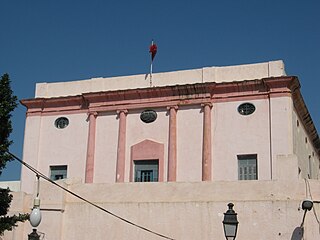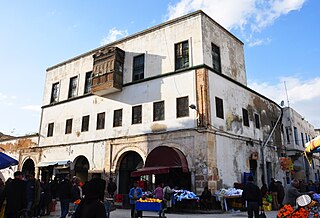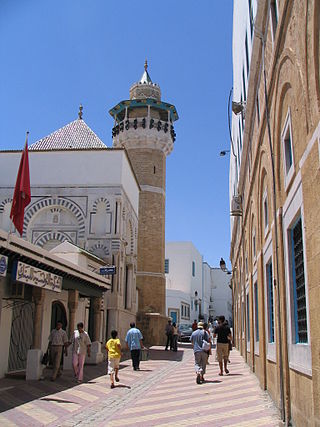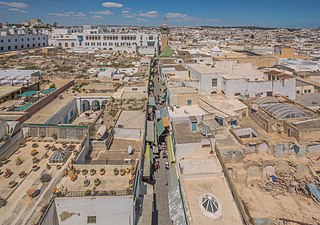Self-guided Sightseeing Tour #4 in Tunis, Tunisia
Legend
Guided Free Walking Tours
Book free guided walking tours in Tunis.
Guided Sightseeing Tours
Book guided sightseeing tours and activities in Tunis.
Tour Facts
1.4 km
4 m
Experience Tunis in Tunisia in a whole new way with our free self-guided sightseeing tour. This site not only offers you practical information and insider tips, but also a rich variety of activities and sights you shouldn't miss. Whether you love art and culture, want to explore historical sites or simply want to experience the vibrant atmosphere of a lively city - you'll find everything you need for your personal adventure here.
Activities in TunisIndividual Sights in TunisSight 1: Palais de Mustafa Khaznadar
The Khaznadar Palace is a Tunisian palace in the neighborhood of Halfaouin. It is one of the palaces of the Medina of Tunis.
Sight 2: قصر صاحب الطابع
Saheb Ettabaâ Palace is an old palace in the Medina of Tunis.
Sight 3: Mosque
Saheb Ettabaâ Mosque, also known as Youssef Saheb Al Tabaa Mosque, is a mosque in Tunis, Tunisia, located in the Halfaouine area of the city. It is an official Historical Monument. It is the last great mosque built in Tunis before the establishment of French protectorate in 1881.
Sight 4: Medina of Tunis
Get Ticket*The Medina of Tunis is the medina quarter of Tunis, the capital of Tunisia. It has been a UNESCO World Heritage Site since 1979.
Share
How likely are you to recommend us?
Disclaimer Please be aware of your surroundings and do not enter private property. We are not liable for any damages that occur during the tours.
GPX-Download For navigation apps and GPS devices you can download the tour as a GPX file.



